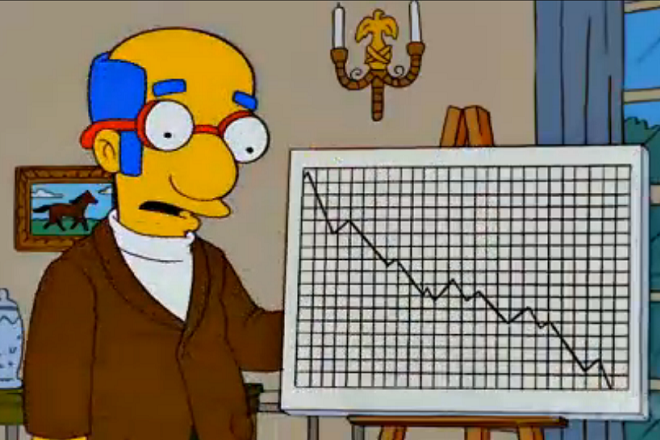Someone’s Done The Numbers On Exactly How Bad Australia’s Housing Crisis Is
It's like, really bad.

We all know how broken the Australian housing market is. Our entire generation has been consigned to renting in mouldy, unrenovated, crumbling buildings. And that’s if we’re lucky enough to actually survive the vicious atmosphere of rental inspections and sign a lease.
But seeing the actual numbers that prove how absolutely fucked the cost of housing is in Australia takes it all to another level. Thankfully, there are regularly reports on the state of housing affordability to remind us how bleak everything is.
The latest Demographia international housing affordability survey has compared the cost of housing in Australia to Canada, Hong Kong, Ireland, Japan, New Zealand, Singapore and the US.
The study uses a measure called the “median multiple”: the median house price divided by the median household income. And, according to the survey, every single major housing market in Australia is “severely unaffordable” (defined as having a median multiple of over 5.1).
Sydney is the second least-affordable city out of all those surveyed, after Hong Kong, with a median multiple of 12.2. That means the median house price in Sydney is more than 12 times the median household income. Melbourne also wins a prize for being one of the 10 least affordable cities, with median multiple of 9.5.
Historically the median multiple has hovered around 3.0 in Australia, meaning house prices are well within reach for most people. But over the past couple of decades housing prices have skyrocketed, outpacing wage growth.
According to the survey, the median house price in Sydney is now over $1 million, while in Melbourne it’s $740,000. A separate study by Domain, also released today, found that the median house price in Sydney had hit $1.1 million.
And those record price rises are having a big impact on rents as well. Since 2008, average rental costs have been increasing faster than the inflation rate, particularly impacting people receiving rent assistance because the payments haven’t caught up to the price rises.
Thankfully, our government has a considered and comprehensive plan to tackle the housing affordability crisis by cracking down on tax concessions for property investors and building more social housing.


